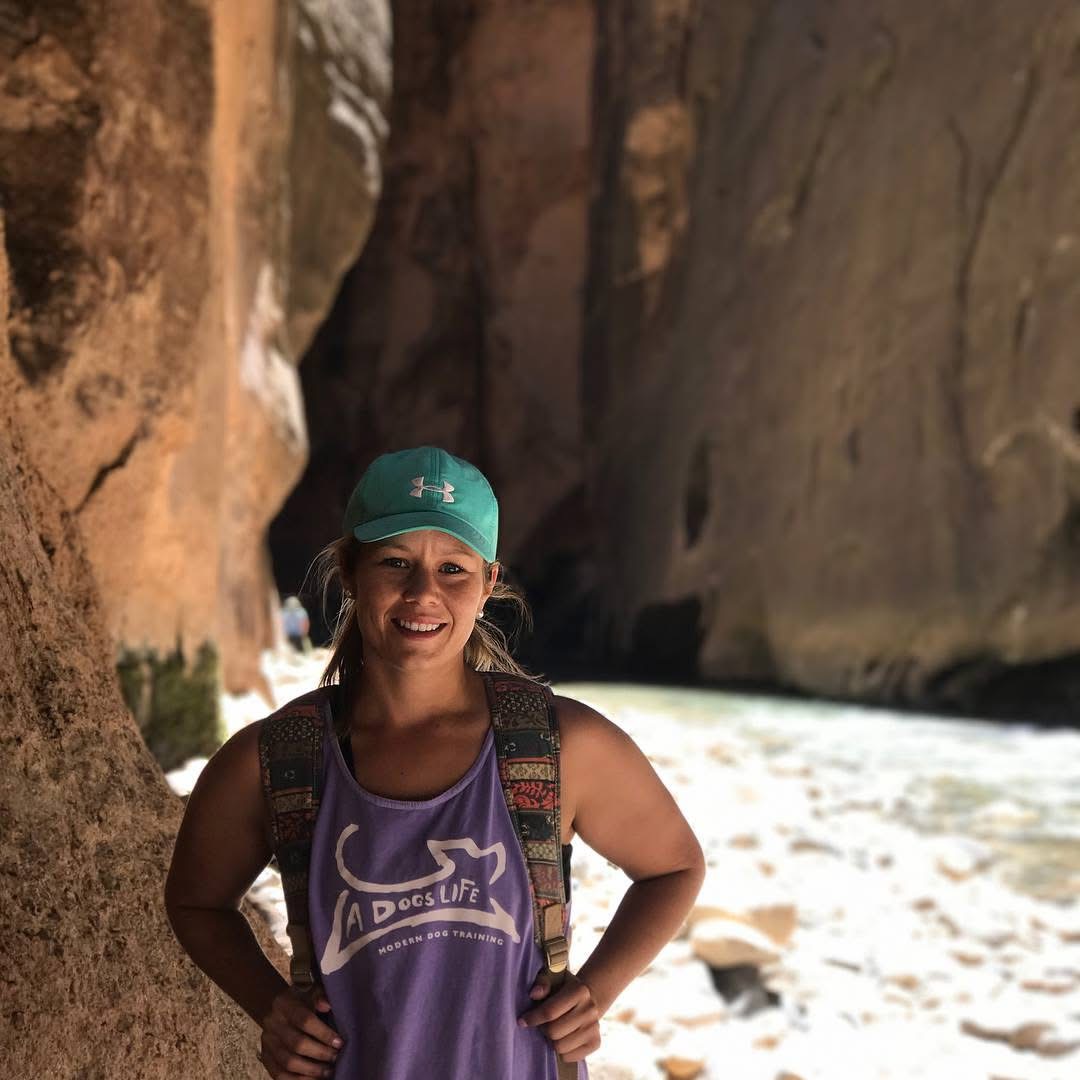Keep Calm and Wag On: A Dog’s Life Guide to 4th of July Safety
- Samantha Scarborough

- Jul 1
- 4 min read
How do I make the 4th of July easier on my dog?

The Fourth of July means something different when you live life with dogs.
Yes, there’s the food, the fireworks, the time with friends and family. But for those of us who share our homes and hearts with dogs, it’s also a day that calls for extra awareness, planning, and care.
Because while we’re celebrating, our dogs are often overwhelmed. Loud noises. Open gates. Crowds of unfamiliar people. Tempting smells. Hot weather. It all adds up fast — and without preparation, it can lead to stress or danger for the pups we love most.
That’s why we’re sharing a quick summary of one of our favorite seasonal resources: the Ultimate 4th of July Dog Safety Guide from SafetyPUP XD. It’s thoughtful, comprehensive, and made by people who clearly live life with dogs in mind.
Here’s what you need to know to make this Independence Day one your dog can enjoy too.
Fireworks and Fear
Fireworks don’t sound festive to dogs. They sound like chaos. Loud, sudden, and impossible to escape — even dogs who’ve never shown fear before can bolt or shut down when the booms begin.
What helps:
Create a quiet “safe zone” inside your home
Use white noise, fans, or calming music
Stay close and calm, but don’t over-comfort
Consider calming treats or gear (check with your vet first)
If your dog is already working through sound sensitivities or noise reactivity, talk to your trainer now — not after the panic starts.

Lost Dog Risk Is Real
The 4th of July is the number one day for lost dogs in the U.S. That’s not just a statistic — it’s a reality we’ve seen play out too many times.
The combination of fireworks, guests leaving doors open, and distracted supervision is a recipe for escape.
What helps:
Keep your dog indoors after dark, even if they’re usually off-leash
Double-check gates and fences
Update ID tags and microchip info
Practice door boundaries and recall leading up to the holiday
Backyard BBQ Dangers
You might be able to resist a plate of ribs. Your dog can’t — and they won’t know a splintered bone from a safe snack.
Barbecues are full of hazards: skewers, alcohol, grapes, onions, fatty meat, bones. Even non-toxic food in large quantities can upset a dog’s stomach.
What helps:
Keep dogs out of the main party zone if possible
Use baby gates, crates, or a designated chill space
Teach a strong “leave it” and “place” cue — and reinforce them with treats and praise

Watch the Heat
Summer sun is no joke — especially for dogs with thick coats, short snouts, or endless enthusiasm. It doesn’t take much for heat exhaustion or dehydration to set in.
What helps:
Walk early or late — skip the midday sun
Keep fresh water accessible at all times
Provide shaded rest areas
Know the signs of overheating: excessive panting, lethargy, vomiting, or uncoordinated movement
Visibility After Dark
As the sun sets, fireworks often continue long into the night. Add in late-night bathroom breaks or a panicked escape attempt, and visibility becomes critical.
What helps:
Use reflective harnesses or collars
Clip-on lights can make your dog visible from a distance
Keep leashes on, even in familiar areas, if fireworks are happening nearby
Rural Doesn’t Always Mean Quiet
If you live off the beaten path, you might think your dog is immune to the 4th of July noise. But in rural areas, fireworks and even gunfire can start days before the actual holiday — and they’re often louder and closer than in the suburbs.
What helps:
Treat this weekend like a training opportunity
Keep dogs close, even on your property
Reinforce crate comfort and calm behavior
Be prepared with a “go bag” if you need to retreat indoors or relocate quickly
If You’re Traveling
Road trips, camping, or visits to friends and family can be exciting — but they come with stressors for your dog. New environments, unfamiliar routines, and exposure to fireworks in a strange place can be overwhelming.
What helps:
Bring familiar items (bed, blanket, toy)
Stick to your dog’s usual feeding and potty schedule
Don’t assume the new location is fully dog-safe — check fences, gates, and doors
Always leash your dog when arriving or moving around in new areas
Your Holiday Checklist
Preparation doesn’t have to be complicated. A printed checklist, a packed travel bag, a safe space set up in advance — these small steps make a big difference.
You can find a free, printable safety checklist inside the full guide from SafetyPUP XD.
Read the full post and get the checklist here:
A Final Word from the Dog People
We believe dogs deserve to feel safe, seen, and supported — especially on days like this. Whether you’re hosting a party, heading into the hills, or staying home with your pup curled at your feet, your awareness and preparation matter more than you think.
So keep things calm. Keep things cool. And keep your dog’s experience front and center.
Because this isn’t just another holiday. It’s part of your dog’s life story. Let’s make it a good one.




Comments